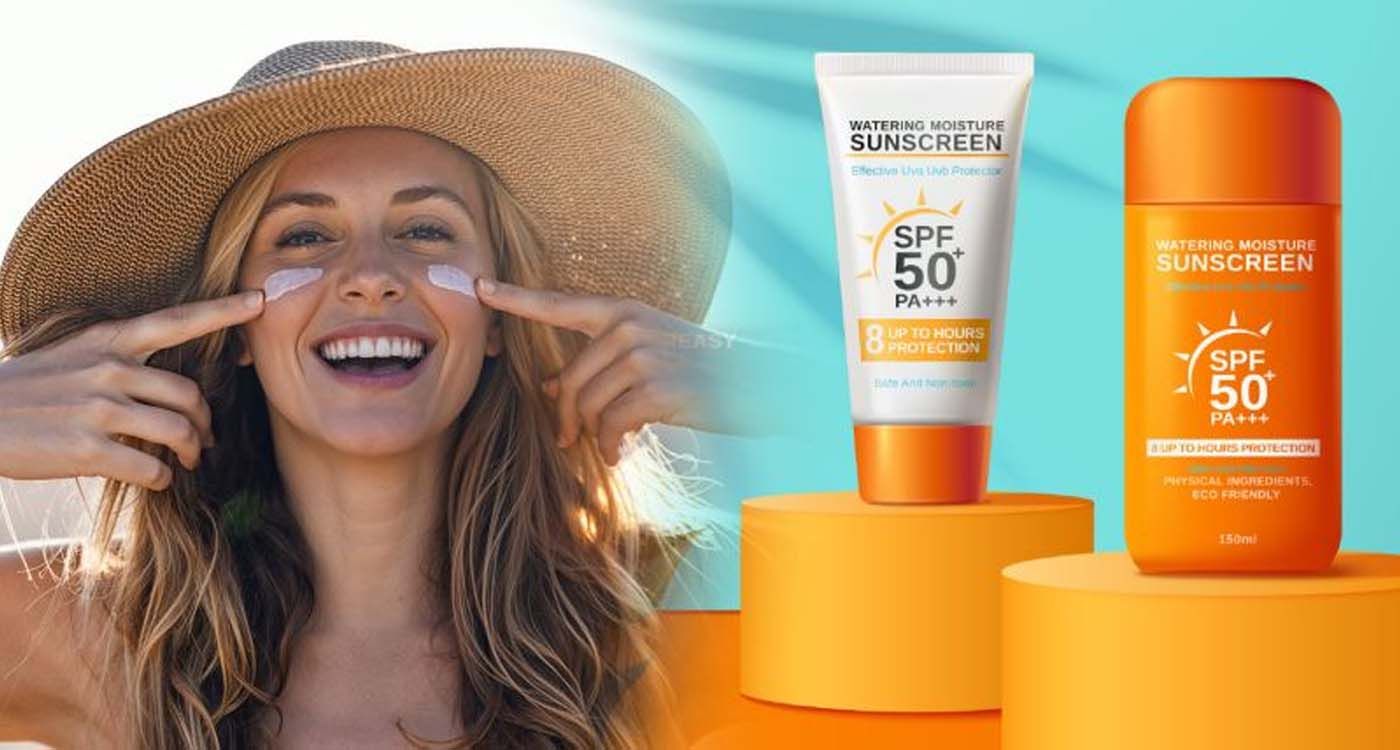
First part of a three-part investigation into cosmetic counterfeiting. Same logo, same bottle, same promise of care… but sometimes, what’s inside is just water, banned preservatives or nothing at all. A global scourge—silent, yet toxic.
Same logo, same packaging, same “high protection” claim… but sometimes, the contents are just water and thickeners. In a recent investigation led by journalist Hugo Clément and pharmacist Laurence Coiffard (for “Sur le Front,” France 5, June 2025), several counterfeit sunscreens were lab tested. Findings were alarming: some products sold as SPF 50+ contained no UV filters at all. Others had dangerously high levels of banned preservatives. One tested cream contained no active ingredients or moisturizers, only processed water and synthetic fragrance.
These products, often purchased from platforms like Temu, AliExpress, TikTok Shop, Amazon Marketplace or Vinted, closely mimic trusted brands such as La Roche-Posay, Avène or Vichy. Only laboratory analysis can detect the fraud. To the naked eye, everything looks legitimate, but protection is purely illusion.
And sunscreens are just the tip of the iceberg. From face creams to perfumes, serums to luxury gift sets, counterfeit beauty products now span a wide range of categories, with increasingly sophisticated fakes. It’s a global trend with very real consequences — to be explored further in part two of our investigation.
Hugo Clément warns about fake sunscreens sold online in this Instagram video:
Unstoppable Global Fraud
According to the latest data from the Organization for Economic Co-operation and Development (OECD) and the European Union Intellectual Property Office (EUIPO), counterfeit cosmetics now account for up to 10% of the global personal care market, costing the industry billions annually.
In 2023, an Interpol operation (Pangea XVI) seized over 4 million counterfeit beauty items across 89 countries. The US Food and Drug Administration (FDA) has repeatedly warned that certain fake whitening and anti-aging creams contain dangerous levels of mercury or hydroquinone. In South Korea, a global beauty hotspot, fake batches of Innisfree and Etude House were discovered in black market distribution channels.
At the heart of this fraud lies the formulation. Lab testing of fake SPF 50 creams consistently showed a total absence of active sun-blocking ingredients (no titanium dioxide, avobenzone or octocrylene). Instead, these products contained purified water, thickeners like xanthan gum, talc and low-cost preservatives.
More troubling still, some creams include substances banned in the EU, such as formaldehyde (a known carcinogen) or parabens in high concentrations. These ingredients can trigger irritation, dermatitis, allergic reactions and even long-term endocrine disruption.
“The real danger is that users believe they are protected, when they are not,” warns Laurence Coiffard. Extended sun exposure without real UV protection can lead to serious sunburns, premature skin aging and a much higher risk of skin cancer, including melanoma.
Dermatologists are also reporting severe allergic reactions caused by these products: acute eczema, swelling, burns. France’s ANSM (National Agency for the Safety of Medicines and Health Products) notes a growing number of adverse reactions linked to skincare items purchased through unofficial channels.
A Black Market Fueled by Online Platforms
Low-cost resale platforms, especially those based outside the EU, have become key conduits for counterfeit beauty goods. Loose regulations, millions of unvetted sellers and cross-border shipping with minimal customs oversight create a fertile ground for counterfeiters to operate in plain sight.
“Packaging looks flawless, price is only slightly lower than the original, everything is designed to inspire trust,” explains Julie Carpentier, an expert with consumer rights group UFC-Que Choisir. Micro-influencers, often unaware of the risks, promote these products in exchange for partnerships or free samples.
Despite an increase in seizures (more than 100,000 counterfeit items confiscated in 2024), French customs struggle to keep up. The phenomenon mirrors that of fake pharmaceuticals: underground networks and invisible victims. It’s a troubling reality already playing out in France, and it is spreading far beyond. Counterfeit cosmetics are now a global menace.
Coming Next: Part Two — Inside Lebanon’s thriving counterfeit beauty market, where Instagram and WhatsApp sell dangerously convincing fakes. Behind the glossy visuals: confident sellers and a growing public health risk.
Sidebar: Labs to Uncover Fraud
On “Sur le Front,” university researchers in Nantes conducted lab tests that revealed:
- “Anthelios 50+” (bought via Temu): No UV filters, just water, a thickener and synthetic fragrance.
- Counterfeit “Innisfree SPF 35:” Contained an EU banned, outdated UV filter and butylparaben.
- Unbranded “organic brightening cream:” High levels of nickel and undeclared allergens.
Techniques used, such as UV spectrophotometry and liquid chromatography, allow precise identification of toxic or absent ingredients.

Comments